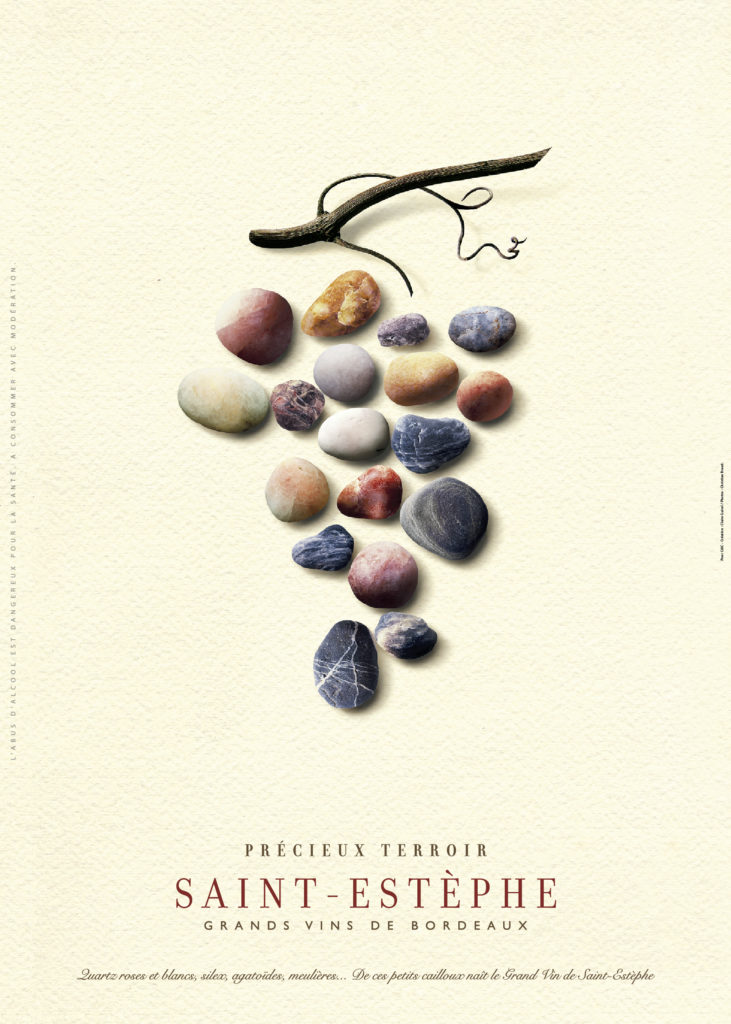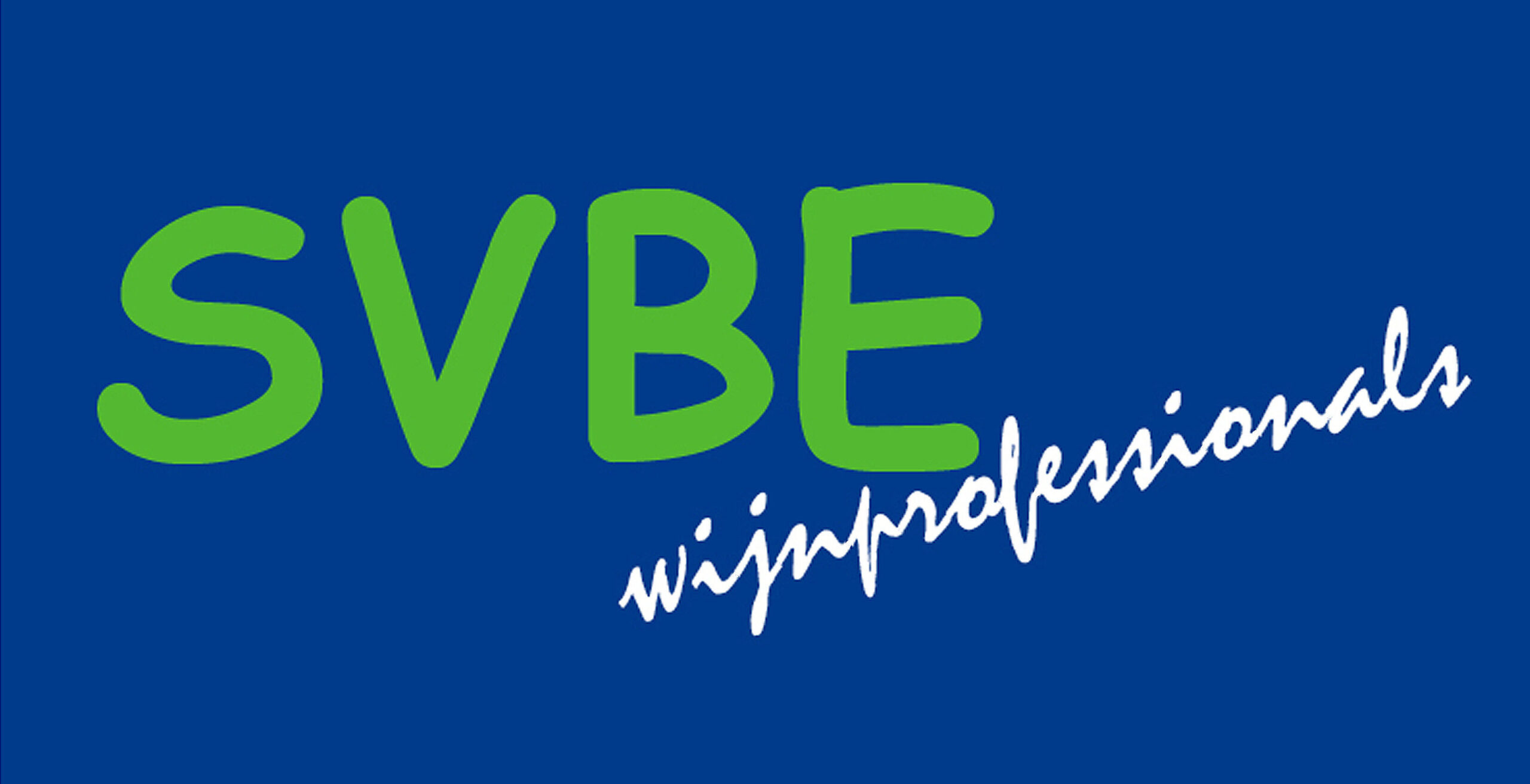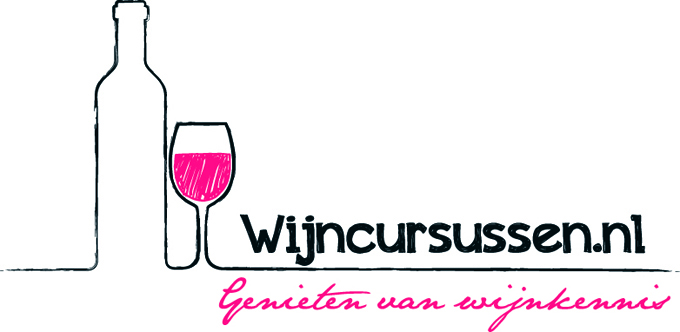2020 ended the decade on a high. It is a perfect example of Bordeaux know-how and is a great, classic, complex, rich and unctuous vintage, which ticks all the boxes. It is one of the finest early-ripening vintages. An over-achiever, it succeeded in making the most of extreme conditions to reach the perfect balance. While the entire vintage was marked by warm weather, making it one of the five earliest in the past twenty years, variations in rainfall, which required a great deal of vigilance in the vineyard, turned out to be a blessing in disguise. 2020 will also be remembered for the unprecedented health crisis, which compelled the wine sector to adapt its vineyard operations at all costs. The emergence of the #lavignenattendpas (the vines don’t wait) hashtag sums up the dilemma faced by winegrowers. Nature does not lock down! Consequently, while the first lockdown in France, announced on 16 March, disrupted usual operations, measures were soon put into place so that work could resume in compliance with health regulations. The crisis, the social and economic impacts of which are still unknown, will leave its mark. While sales are picking up today, they cannot compensate for losses in export and catering markets. The success of the 2020 vintage rekindles hope and confidence and we look forward to inviting you to taste it very soon.
Basile Tesseron, President of the Saint-Estèphe Winegrowers’ Association
A mild winter and an early growth cycle
The winter was very mild. While the French economy almost ground to a halt, the opposite was true for the vines, which grew very quickly. Particularly mild winter temperatures were conducive to early bud break, which occurred on 20 March, i.e. fifteen days earlier than usual. We all remember the fine, sunny days during France’s nationwide lockdown.
A sunny, wet spring, with even flowering
Several cool, wet spells in April and May did not adversely affect the growth cycle. Consequently, flowering was smooth, even and three weeks earlier than usual, around 20 May. Fruit set was quick and regular, with no shot berries or millerandage (abnormal fruit set) although the warm, humid conditions increased the risk of mildew.
A hot, dry summer
The hot summer was marked by heatwaves from 20 June to 10 August, with record temperatures exceeding 40°C, although the vines did not suffer from water stress.
The first grapes changed colour mid-July in drought conditions. This period of intense heat caused the vines to partly lose their head start secured during bud break. The summer heat lasted throughout August, during the day and at night. The limited temperature variations caused the vines to rapidly consume their malic acid and gradually build up sugar and colour (anthocyanins). Thankfully, the balance between sugar and acidity was restored in late August with the return to cool nights. The accumulated sugar was redistributed in the pulp and the anthocyanins in the grape skins.
The first ripeness analyses revealed high sugar levels and low acidity. The warm, wet conditions led to traces of Botrytis cinerea mid-August although fortunately fungal development stabilised and did not spread.
A rainy spell before 15 August provided welcome relief. In the lead-up to the harvest, everything looked perfectly fine, suggesting excellent winemaking potential. The grapes had thick, crunchy skins and were in perfect condition.
An early harvest – with masks on!
Initial ripeness analyses confirmed the huge potential of the 2020 vintage, which ripened 10-15 days earlier compared to 2019. The hot, dry conditions produced small grapes with thick, fairly impermeable skins.
In light of the health crisis, winegrowers began preparing for a harvest like no other! For the first time, it was not the quality that worried them – they already knew it was excellent! They were most concerned about how to organise the harvest, classified as a high-risk event. Estate employees, as well as the many seasonal workers who flock to the appellation each year, had to comply with special precautions and social distancing measures, alongside other limitations.
Picking began two weeks earlier compared to “usual” vintages, shortly after mid-September, yielding low volumes due to the size of the berries. Several factors accelerated the decision to bring forward the harvest date: a week of cool, wet weather forecast for late September, as well as drought conditions which increased the alcohol content and lowered acidity.
Despite the small size of the berries, which were still heavier than last year, the quality was wonderfully even from one plot to the next.The threat of cinerea did not abate, although it was contained and did not spread, partly thanks to the thickness of the grape skins.
Perfect balance and outstanding aromatic expression
The Cabernet Sauvignon, Merlot and Petit Verdot are incredibly aromatic. The juices are deeply-coloured and incredibly concentrated. Extraction revealed ripe and intense aromas, while the quality of the tannins is very promising. Initial tastings suggest a very traditional vintage, characterized by freshness and superb balance. 2020 ranks among the great sunny vintages, oozing richness and spicy notes.










